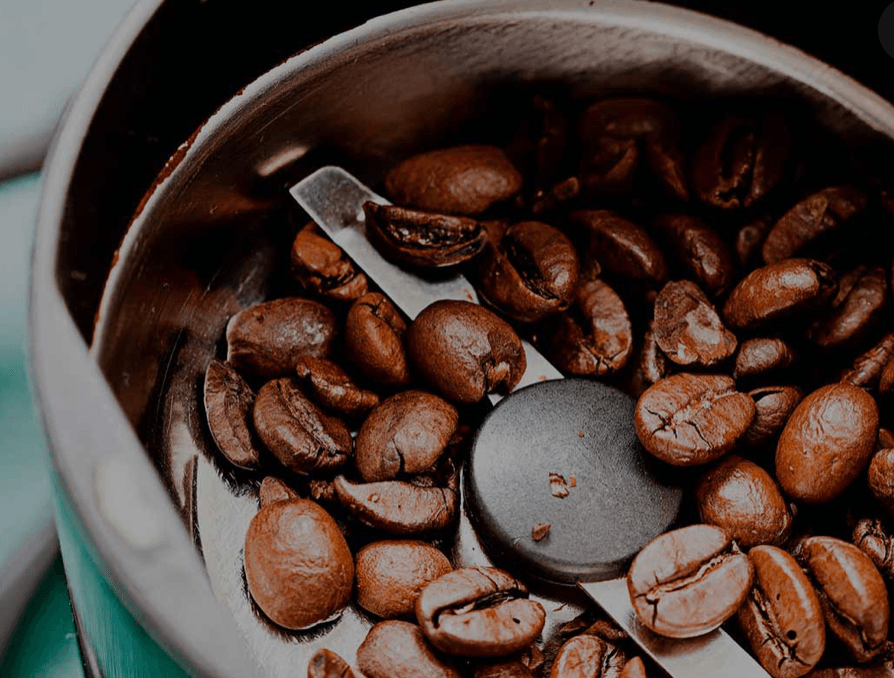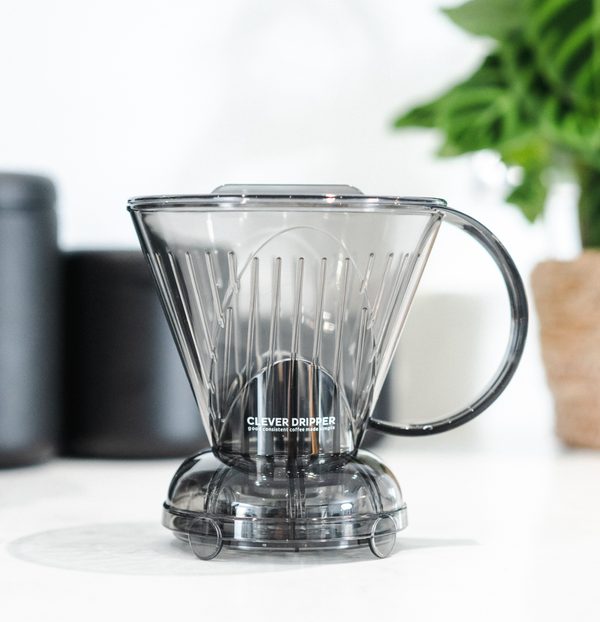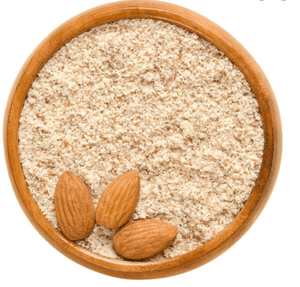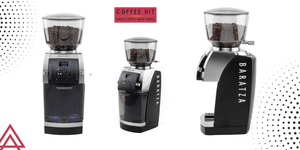
If you’re switching from pre-ground coffee to grinding your beans at home, you’re probably realising there’s more than one way to grind your coffee. Each method has its pros and cons, but most coffee lovers will agree that you should steer clear of a blade grinder.
Blade grinders
Blade grinders have two small blades that spin at high velocity. They slice and chop your coffee beans in the same way that a standard kitchen blender would. Blade grinders tend to be cheaper, often the first choice for beginners. The problem is blade grinders give you very little control over the particle size in your grind.
Burr Grinders
In a burr grinder, the beans are funnelled through burr pieces, crushing them to a uniform consistency. There are two types of burr grinders; conical and flat plate. Conical burr grinders have two cone-shaped burrs, while flat plate burr grinders have two serrated rings.
One of our favourite burr grinders is the Baratza Forte Grinder. This commercial-grade grinder can grind from coarse to fine and comes with a 54mm flat ceramic burr, grounds bin for use when grinding by weight, plus a portaholder for use when grinding directly to your portafilter for your espresso machine.
Hand Crank Manual Coffee Grinders
Manual grinders are the better choice if you enjoy more control and a “hands-on” feel when grinding your coffee. Manual coffee grinders also feature burrs, but they are powered entirely by turning a hand crank. We recommend the Rhino Small Hand Grinder. The Rhino hand grinder is the perfect entry-level coffee grinder. It delivers exceptionally stable and reliable grinding.
So why are blade grinders bad?
- When you use a blade grinder, the blades slice your beans up indiscriminately. Some beans might hit the blades more often than others, resulting in unevenly sized particles. Uneven sizes make for an uneven flavour extraction, so your coffee won’t taste the way it should.
- Smaller particles can be over-extracted, meaning they will taste bitter, while larger particles can be under-extracted, tasting weak. And if you’re really unlucky, you might even find some of the very smallest particles floating around in your cup.
- The heat produced by prolonged friction of the spinning blades can also cause your beans to burn. Burnt beans make for a bitter cup of coffee.
- As blade grinders create a less uniform particle size, you have much less surface area of your beans. A larger surface area for your hot water to make contact with is key to a good flavour extraction.
A great grinder can make all the difference to the taste, and for this reason, we always recommend investing in a burr grinder. If you want to learn more about what to look for when investing in a new grinder, we’ve put together a guide of our best grinders for 2022.
Find out more about coffee Grinders.
- Where can I get my coffee grinder repaired?
- FAQ about coffee grinders
- 3 best grinders for getting into coffee
- Best coffee grinders for espresso
- Conical vs flat burrs grinders
- Everything you need to know about coffee grinders
- Awesome coffee grinders for French Press
- Can I use my Fellow Ode for espresso
- Electric coffee grinders for home brewing
- The best high quality grinders
- Upgrading your Baratza grinder
- Grinding by weight - Baratza Sette 270w
- How much are coffee grinders?
- The best grinders for home baristas
- What Coffee Grinders are the best?
- On demand and dosing coffee grinders
- Thinking about a manual coffee grinder?
- Where to buy coffee grinders
- Hand grinders for espresso and pour over
- The best electric grinders
- The best manual grinders











